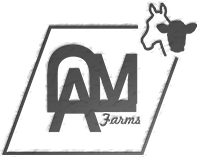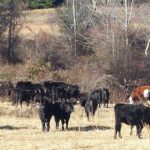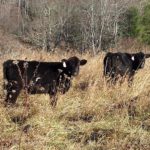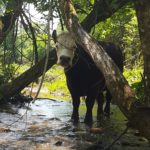Our Philosophy
Simply stated…
We LOVE each other, the creatures under our care, the land and most of all our creator.
We are forever grateful to our customers who continue to support our dream!
THANK YOU!!!
Our Vision: We have developed a farming model that can be used for educational purposes, from conception to harvest and through direct marketing a finished product. Our goal is to continue to work along side other producers in our region to change the way cattle are currently being grown and marketed and bring back revenue to small farmers.
What makes our beef better?
Our beef is better for you, better for the environment and better for the animals. We carry three goals in whatever decisions we make:
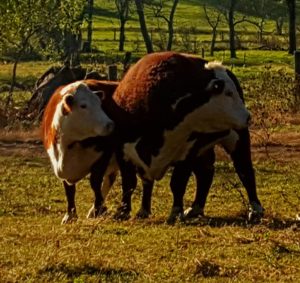 To produce food that is natural, safe, nourishing and delicious.
To produce food that is natural, safe, nourishing and delicious.- To respect and honor the creatures under our care.
- To heal and enrich the land.
We try as much as possible to imitate natural systems and provide an environment for our cattle that replicates the life that they would have in nature. The animals we market have tractability back to their birth.
In our interactions with them, we use low stress animal handling techniques. During the grazing season they are on fresh pasture each day. In the winter they eat hay and baleage (fermented hay). During the coldest periods they may be offered American Grass Fed Association approved feed supplementation at an approved daily ration. The only additional supplements they receive are organically approved minerals and salt.
They never receive grains or other concentrated feeds, growth hormones, or antibiotics nor do we use chemical fertilizers, insecticides, weed killers or defoliants on the land we graze.
How do our practices differ from those used with conventionally raised cattle?
Although the diet of many conventionally raised beef cattle includes pasture for at least a part of their lives, most end their lives in CAFOs (confined animal feeding operations). These can be your typical out-west type of feed lots or even becoming more common the on farm version of the same environment. In a CAFO animals from various herds are crowded together creating stress and allowing for the spread of disease. Their diet will now consist primarily of genetically modified grains and soy along with various supplements and additives, a very unnatural diet for animals that have evolved on grass lands. This diet changes the nutritional profile of the meat and produces an acid condition in the cows’ rumens which leads to numerous health problems. The animals are often given hormones, antibiotics and other drugs to enhance growth and prevent and treat diseases which arise from this combination of a crowded stressful environment and a concentrated grain diet. In a feed lot the dense concentration of animals for an extended period of time leads to a build up of manure and urine. What in a grazing situation is a soil builder becomes an environmental pollutant.
When purchasing grass fed meat, it’s a good practice to ask the farmer if the animals are grass finished as well as grass fed as some providers advertise their product as grass fed even though the animals have been finished on grain.
- Our Girls at Work
- Look at that grass
